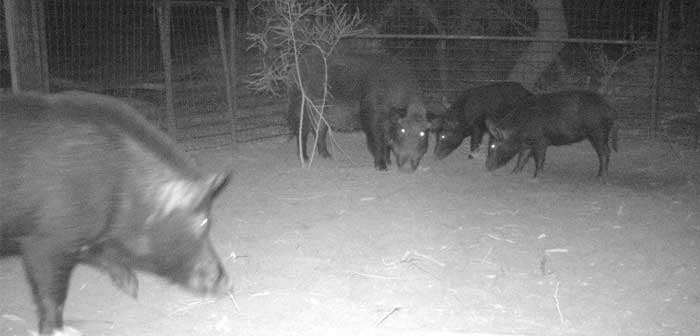
NSW Government will remove special protection status for feral deer
NSW will remove the protected game status for feral deer on private land across the state, bringing it into line with every other state but Victoria and Tasmania. Deer will be treated like other pest animals such as feral rabbits, foxes, goats and pigs.




















